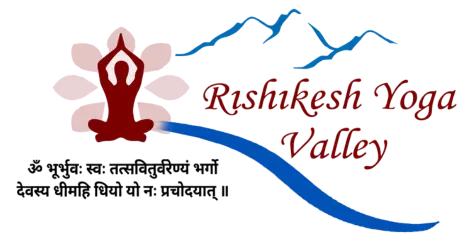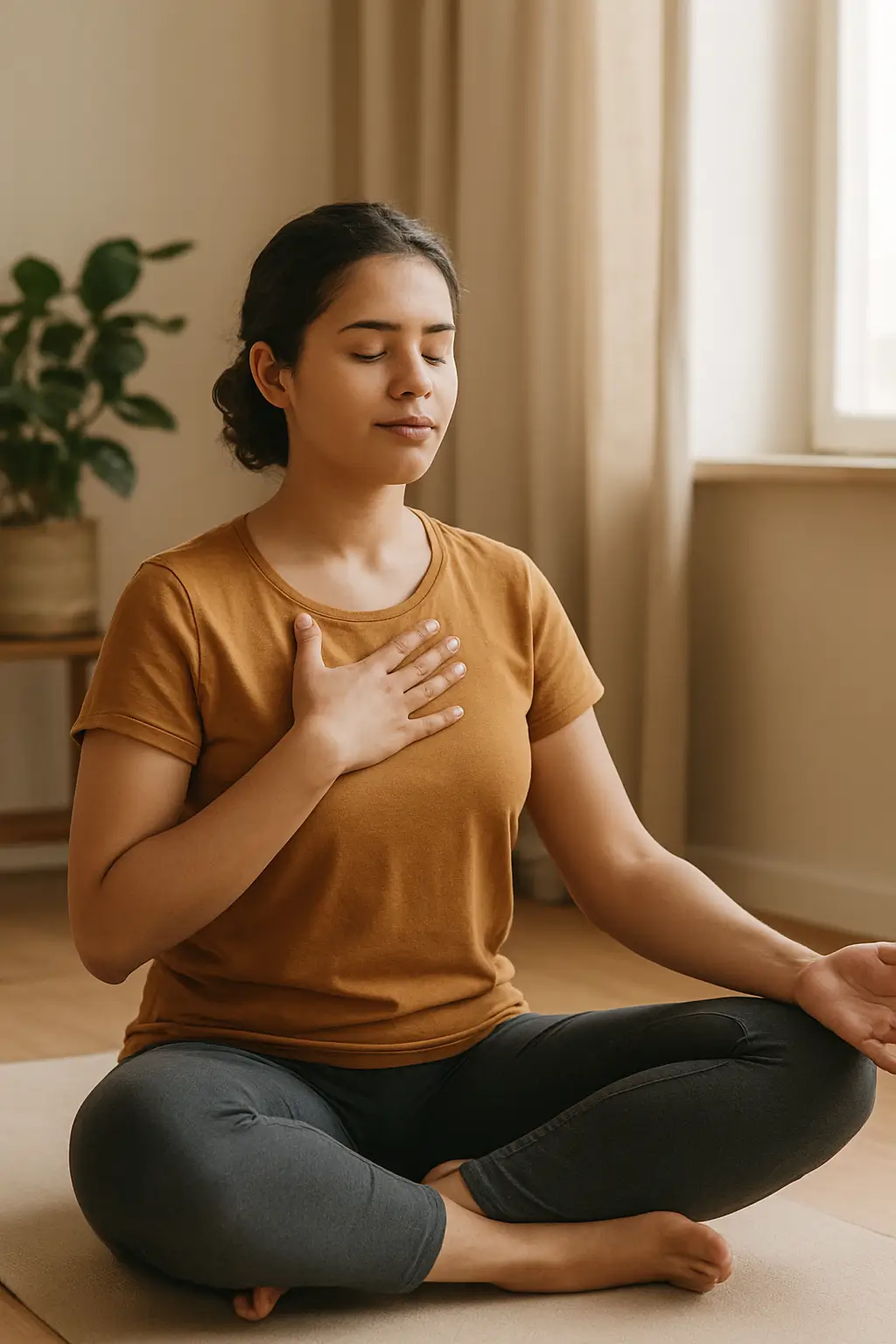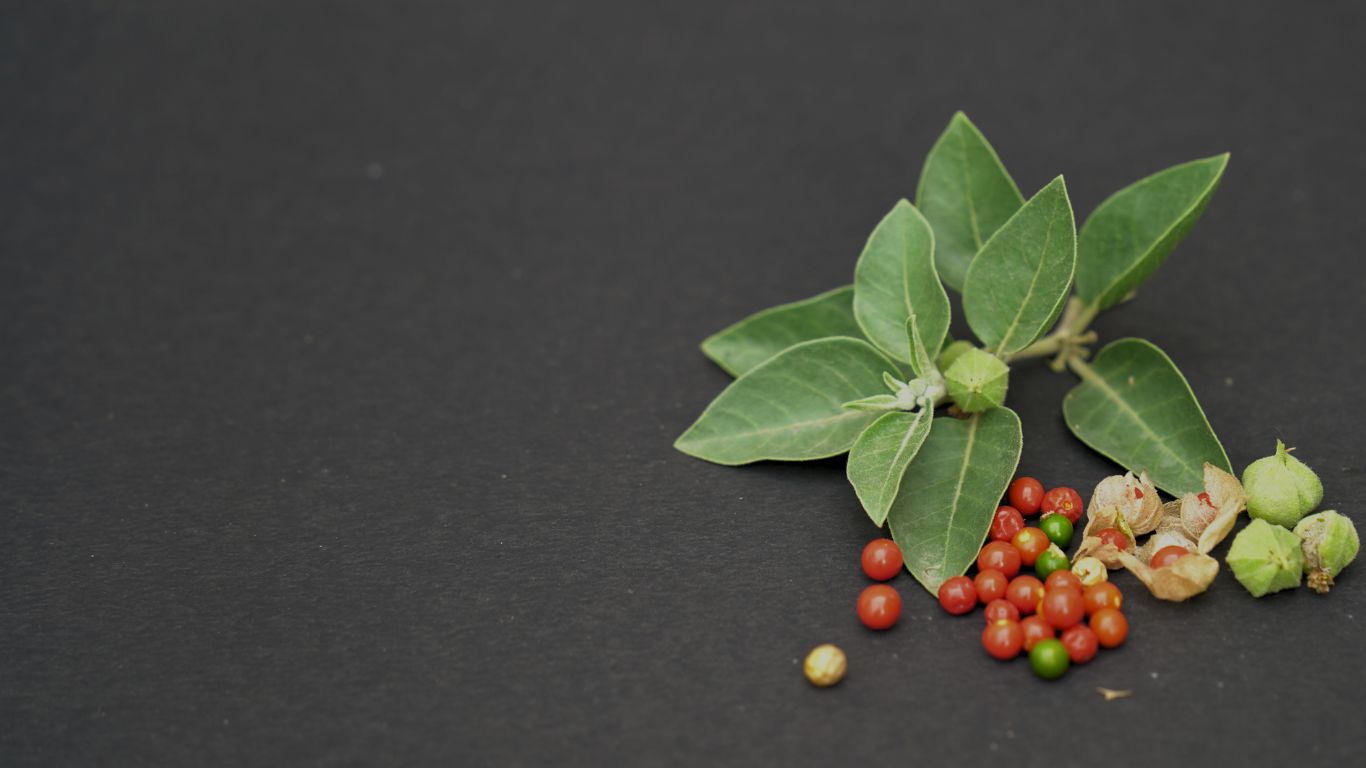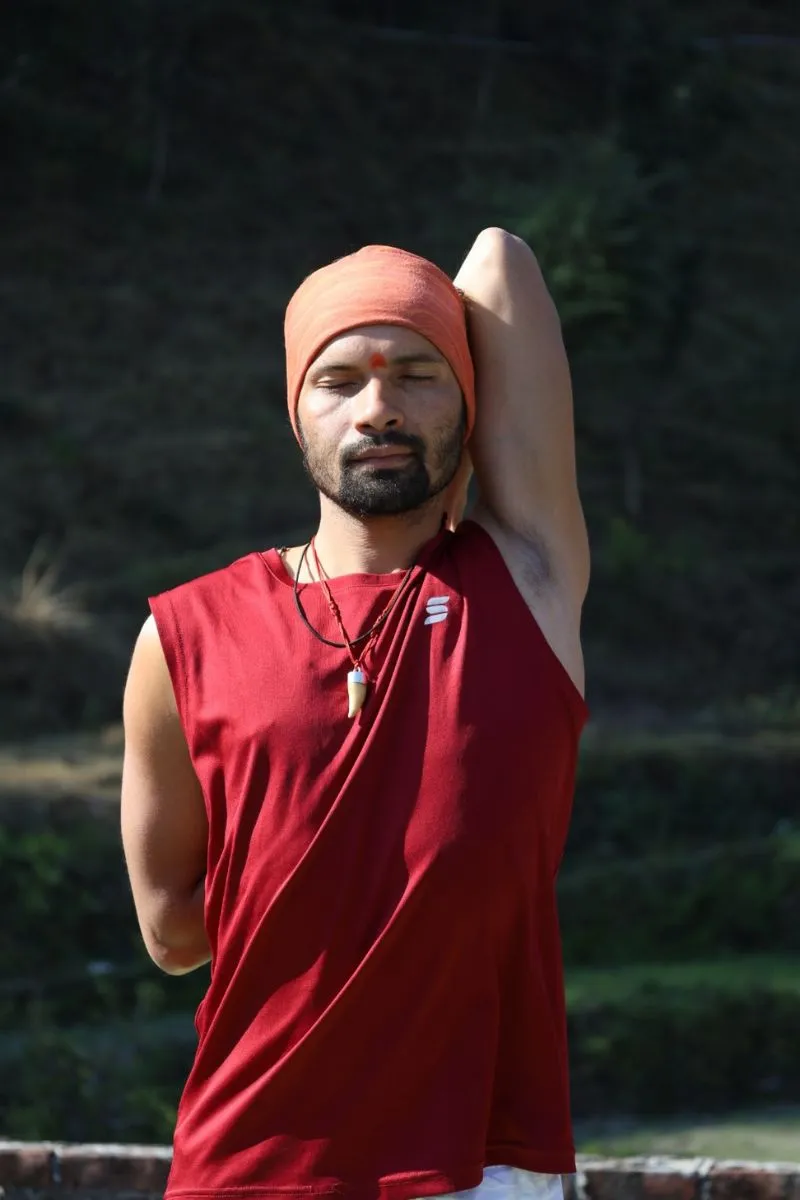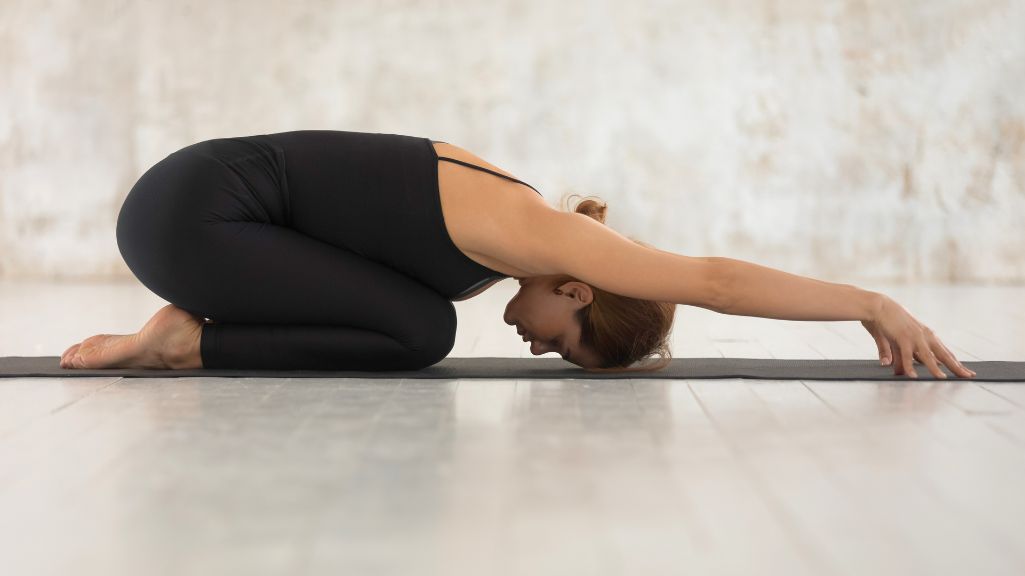
Utthita Balasana (Extended Child’s Pose): How to Practice and Its Powerful Benefits
Utthita Balasana (Extended Child’s Pose) is a deeply restorative yoga posture that provides both physical and mental relaxation. Known for its calming effects, this asana is often used as a resting pose during more intense practices, offering a chance to regroup, reset, and reconnect with the breath. Whether you are new to yoga or an experienced practitioner, incorporating Utthita Balasana into your practice can enhance flexibility, promote relaxation, and reduce stress. It is also a foundational pose in 200-hour yoga teacher training in Rishikesh India.
What is Utthita Balasana (Extended Child’s Pose)?
Utthita Balasana is a variation of the traditional Child’s Pose (Balasana), with the arms extended forward. The word “Utthita” means “extended” in Sanskrit, which refers to the arms being stretched out in front of the body, helping to deepen the stretch and enhance the calming effects of the pose. It is a gentle, grounding posture that targets the hips, thighs, and lower back, and helps to release tension from the body and mind.
Step-by-Step Guide to Perform Utthita Balasana
Start in a Tabletop Position
Begin in a tabletop position with your wrists directly under your shoulders and your knees under your hips. Ensure your spine is neutral, and your neck is aligned with the rest of your body.Lower the Hips
Slowly begin to lower your hips back toward your heels, keeping your knees wide apart if needed. Let your chest and forehead rest on the mat, allowing the body to relax deeply.Extend the Arms Forward
Stretch your arms out in front of you on the mat, keeping them parallel to each other. Allow your palms to face down and press them gently into the mat to deepen the stretch. Feel the elongation from your fingertips to your hips.Lengthen Through the Spine
As you settle into the pose, focus on lengthening through your spine. Imagine your spine growing longer as you inhale, and with each exhale, release tension from your body.Breathe and Relax
Stay in the pose for 30 seconds to 2 minutes, or longer if desired, and focus on deep, steady breathing. Allow your breath to guide you into a more relaxed state, letting go of any stress or distractions.Return to Tabletop
To come out of the pose, gently walk your hands back toward your body, lifting your torso off the mat and returning to a seated position or tabletop position.
Benefits of Utthita Balasana
Relieves Tension in the Back and Hips
This asana is particularly effective in stretching and releasing tension in the lower back and hips. It helps open up the hips and elongates the spine, providing relief from the tightness caused by sitting for long periods.Stretches the Shoulders and Arms
The extended arms in Utthita Balasana provide a deep stretch for the shoulders, arms, and upper back. This helps to improve flexibility in these areas and alleviate tightness from overuse or stress.Promotes Relaxation
Utthita Balasana has a soothing effect on the nervous system, helping to reduce stress and anxiety. The forward bend encourages a sense of surrender and relaxation, making it an excellent pose for calming the mind.Encourages Deep Breathing
As you rest your forehead on the mat, you naturally engage the parasympathetic nervous system, which promotes deep, slow breathing. This helps to calm the body and mind, reducing overall tension and stress.Improves Flexibility in the Hips, Thighs, and Ankles
The pose gently stretches the thighs, hips, and ankles, making it a great way to increase flexibility in the lower body. It can help improve joint mobility and alleviate stiffness.Calms the Mind
Utthita Balasana is a highly effective pose for centering the mind. The deep breathing and sense of surrender help to create a meditative state, calming any mental chatter and allowing for introspection.Relieves Fatigue
After an intense yoga session or a long day, Utthita Balasana is a wonderful restorative pose. It can help relieve feelings of fatigue and refresh the body and mind, making it a great choice to include in your yoga routine.
Utthita Balasana for Yoga Teachers
In 200-hour yoga teacher training in Rishikesh India, Utthita Balasana is likely to be included in your learning. This restorative pose is essential for creating balance in yoga sequences, and it can be used to transition between more intense postures or to provide a moment of rest for your students.
Tips for Teaching Utthita Balasana:
- Encourage Relaxation: Remind students to focus on their breath and let go of any tension in the body. The goal is to create a safe, peaceful environment where students can fully relax.
- Modify for Comfort: For students with tight hips or knees, suggest using a cushion or block under the hips or knees for added support and comfort.
- Proper Arm Extension: Ensure that students are extending their arms forward and not letting their elbows bend. The arms should be actively engaged, reaching forward, which will deepen the stretch.
Common Mistakes to Avoid
- Overstretching: Encourage students to listen to their bodies and avoid forcing the hips to the floor. The pose should feel comfortable and supportive, not forced.
- Head Lifting: Remind students to relax the forehead onto the mat. If the forehead does not reach the floor, a block or cushion can be placed under the forehead for added comfort.
- Tension in the Shoulders: Ensure that the shoulders are relaxed and away from the ears. The arms should be extended forward, but there should be no tension in the neck or shoulders.
Conclusion
Utthita Balasana (Extended Child’s Pose) is a gentle, restorative asana that offers numerous physical and mental benefits. It helps release tension in the back, hips, and shoulders, promotes deep breathing, and provides a sense of calm and relaxation. Whether you’re practicing on your own or guiding students through this pose, Utthita Balasana is a valuable tool for restoring balance in the body and mind. For those participating in 200-hour yoga teacher training in Rishikesh India, this pose will not only deepen your own practice but also help you support students in their journey toward relaxation and mindfulness.
